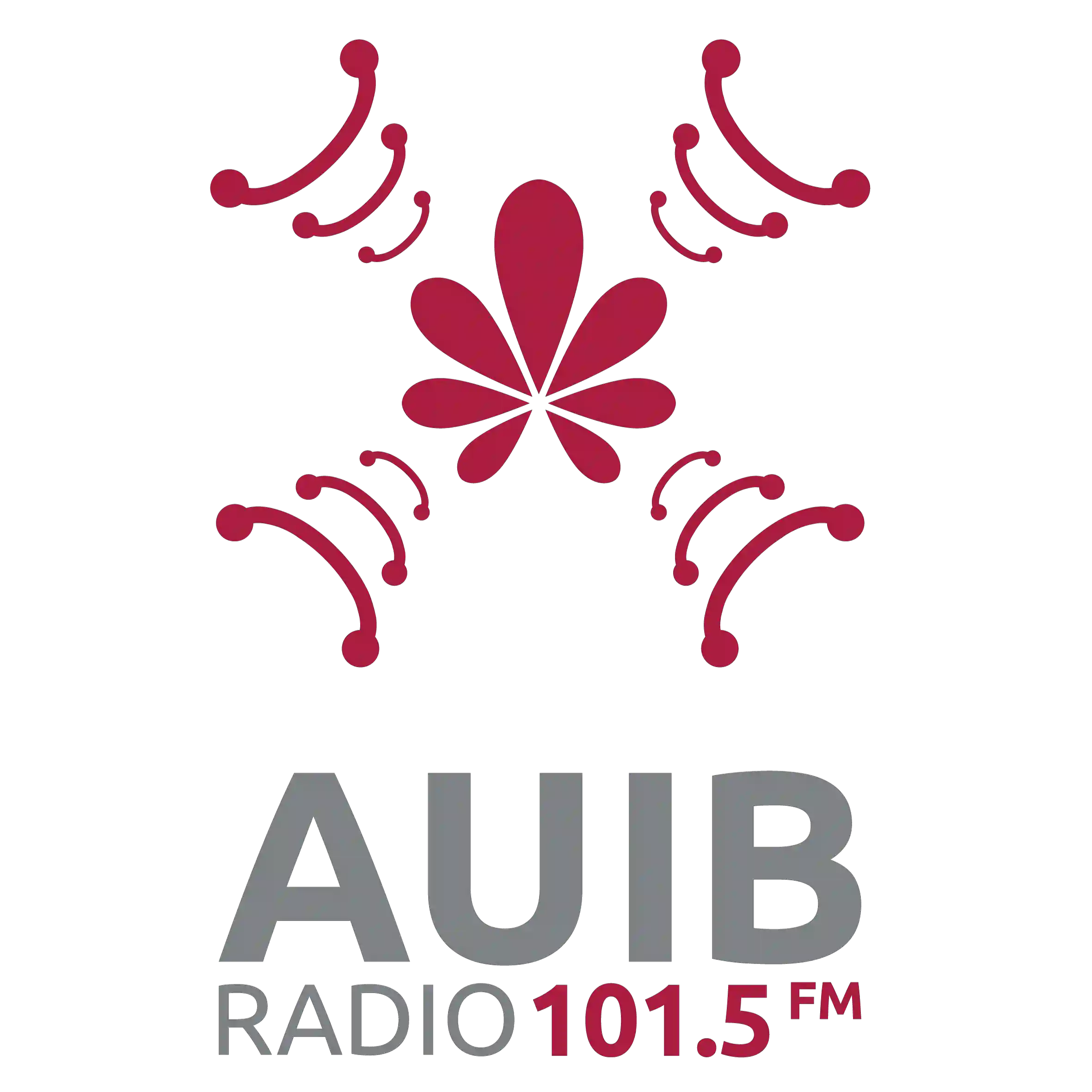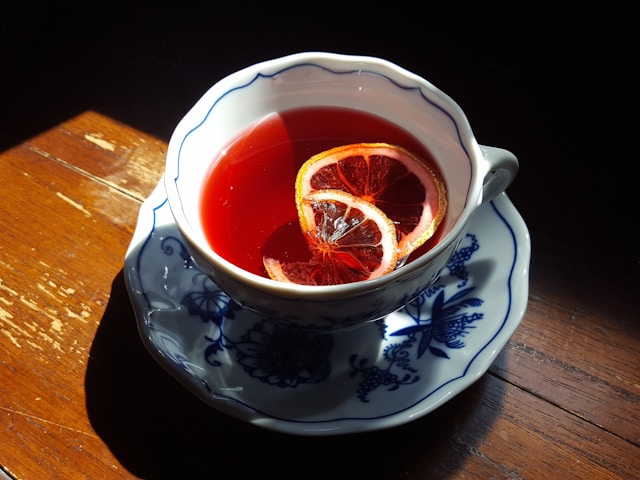


Hibiscus is a plant widely used for medicinal purposes, particularly for maintaining normal blood pressure levels. It’s also a popular beverage enjoyed by many due to its various health benefits. But did you know that the way you drink hibiscus tea could significantly impact its effectiveness in lowering blood pressure?
Hot or Cold Hibiscus Tea?
Drinking hibiscus tea is one of the most effective habits for those pursuing better health. The real question is how to drink it—some prefer it hot, others cold. In reality, there is no difference. When hibiscus tea is made from the same dried flower, the temperature—hot or cold—does not affect the vitamins it contains. So you can enjoy it however you prefer.
For example, hibiscus tea, like other herbal teas, is low in calories and completely caffeine-free, making it a healthy beverage choice. Its deep red color and subtle floral flavor make it refreshing, and it may help lower blood pressure and boost the immune system. Hibiscus tea is rich in vitamin C, iron, vitamin A, and powerful antioxidants. Additionally, hot water helps extract the beneficial compounds and pigments from the dried flowers.
The Benefits of Cold Hibiscus Tea in Lowering Blood Pressure
Cold hibiscus tea is a globally popular drink and is often served during various cultural events. Compared to the hot version, it provides a cooling effect, making it a summer staple. One of its notable benefits is its ability to reduce high blood pressure—reportedly even more effectively than hot or boiled hibiscus tea.
Moreover, the International Journal of Academic Scientific Research has indicated that drinking cold hibiscus tea may help lower blood pressure within 15–30 minutes after consumption.
What’s the Best Way to Drink Hibiscus?
Hibiscus is available in multiple forms:
Source: Atayeb Tabkha (Atyab Tabkha)